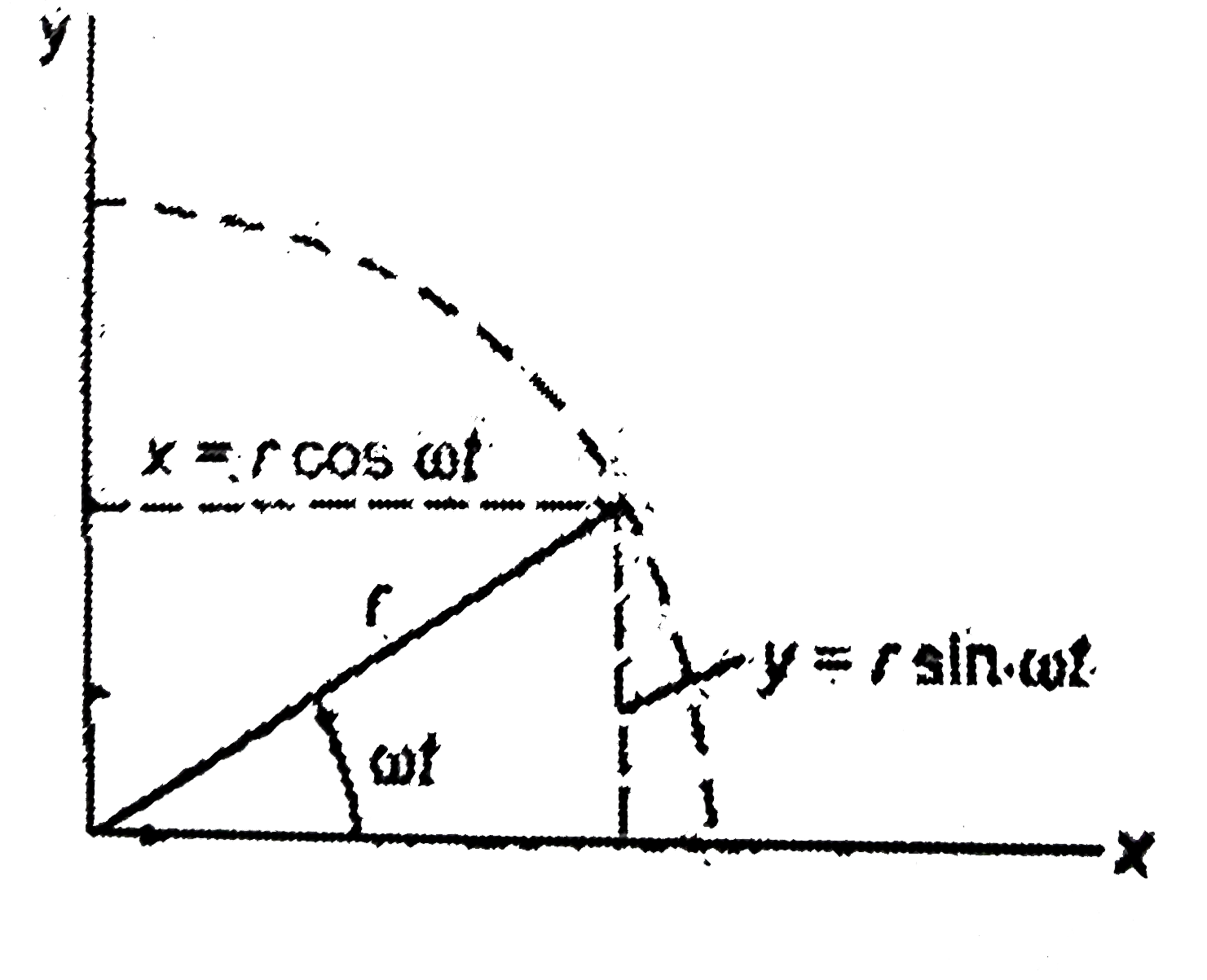Evaluate ∫t_0Asinωdt where A and omega are constants.
To evaluate the integral ∫t0Asin(ωt)dt, where A and ω are constants, we can follow these steps:
Step 1: Set up the integral
We start with the integral:
∫t0Asin(ωt)dt
Step 2: Factor out the constant
Since A is a constant, we can factor it out of the integral:
A∫t0sin(ωt)dt
Step 3: Use substitution for integration
To integrate sin(ωt), we will use the substitution:
u=ωt⇒du=ωdt⇒dt=duω
We also need to change the limits of integration. When t=0, u=0, and when t=t, u=ωt.
Step 4: Rewrite the integral with new limits
Now we can rewrite the integral:
A∫ωt0sin(u)duω
This simplifies to:
Aω∫ωt0sin(u)du
Step 5: Integrate sin(u)
The integral of sin(u) is:
−cos(u)+C
Thus, we have:
Aω(−cos(u))ωt0
Step 6: Evaluate the definite integral
Now we evaluate the definite integral:
Aω(−cos(ωt)−(−cos(0)))
Since cos(0)=1, this becomes:
Aω(−cos(ωt)+1)
This can be rewritten as:
Aω(1−cos(ωt))
Final Result
Thus, the final result of the integral is:
∫t0Asin(ωt)dt=Aω(1−cos(ωt))
---
We start with the integral:
∫t0Asin(ωt)dt
Since A is a constant, we can factor it out of the integral:
A∫t0sin(ωt)dt
To integrate sin(ωt), we will use the substitution:
u=ωt⇒du=ωdt⇒dt=duω
We also need to change the limits of integration. When t=0, u=0, and when t=t, u=ωt.
Now we can rewrite the integral:
A∫ωt0sin(u)duω
This simplifies to:
Aω∫ωt0sin(u)du
The integral of sin(u) is:
−cos(u)+C
Thus, we have:
Aω(−cos(u))ωt0
Now we evaluate the definite integral:
Aω(−cos(ωt)−(−cos(0)))
Since cos(0)=1, this becomes:
Aω(−cos(ωt)+1)
This can be rewritten as:
Aω(1−cos(ωt))
Thus, the final result of the integral is:
∫t0Asin(ωt)dt=Aω(1−cos(ωt))
Topper's Solved these Questions
- PHYSICS AND MATHEMATICSBOOK - HC VERMACHAPTER - PHYSICS AND MATHEMATICSEXERCISE - Short Answer
14 Videos
- PHYSICS AND MATHEMATICSBOOK - HC VERMACHAPTER - PHYSICS AND MATHEMATICSEXERCISE - Objective 1
6 Videos
- PHYSICS AND MATHEMATICSBOOK - HC VERMACHAPTER - PHYSICS AND MATHEMATICSEXERCISE - Exercises
34 Videos
- NEWTON'S LAWS OF MOTIONBOOK - HC VERMACHAPTER - NEWTON'S LAWS OF MOTIONEXERCISE - Exercises
42 Videos
- REST AND MOTION : KINEMATICSBOOK - HC VERMACHAPTER - REST AND MOTION : KINEMATICSEXERCISE - Exercises
51 Videos
Similar Questions
Knowledge Check
A particle moves in xy plane according to the law x = a sin ωtand y = a(1 – cosωt) where a and ω are constants. The particle traces
Aa parabolaBa straight line equallyinclined to x and y axesCa circleDa distance proportional to timeConsider a particle moving in the x−y plane according to r=r(cosωtˆi+sinωtˆj), where r and ω are constants. Find the trajectory, the velocity, and the acceleration.
 APerpendicular to the velocityBParallel to the velocityCDirected away from the originDPerpendicular to the position vector
APerpendicular to the velocityBParallel to the velocityCDirected away from the originDPerpendicular to the position vectorA particle of mass m starts moving at t=0 due to force F=F0sinωt where F0 and ω are constant Then correct statement is//are .
Ait will stop first time at πωBIt will travel distance S=F0mω2 during this time .CDuring this distance maximum velocity of particle is vmax=F0mω .Dit will stop for first time at 2π/ω
Find the magnitude and direction of the force acting on the particle of mass m during its motion in the plane xy according to the law x=asinωt, y=bcosωt, where a, b, and ω are constants.
View SolutionConsider a particle moving in the x−y plane according to r=r(cosωtˆi+sinωtˆj), where r and ω are constants. Find the trajectory, the velocity, and the acceleration.

View SolutionEvalueta
∫T0I0sinωtdt
View SolutionThe displacement of an oscillator is given by
x=asinωt+bcosωt
where a, b and ω, are constant. Then -
View SolutionFor a particle moving in the x-y plane, the x and y coordinates are changing as x=a sin ωt and y=a(1−cosωt), where 'a' and ω constants. Then, what can be inferred for the trajectory of the particle ?
View Solution
